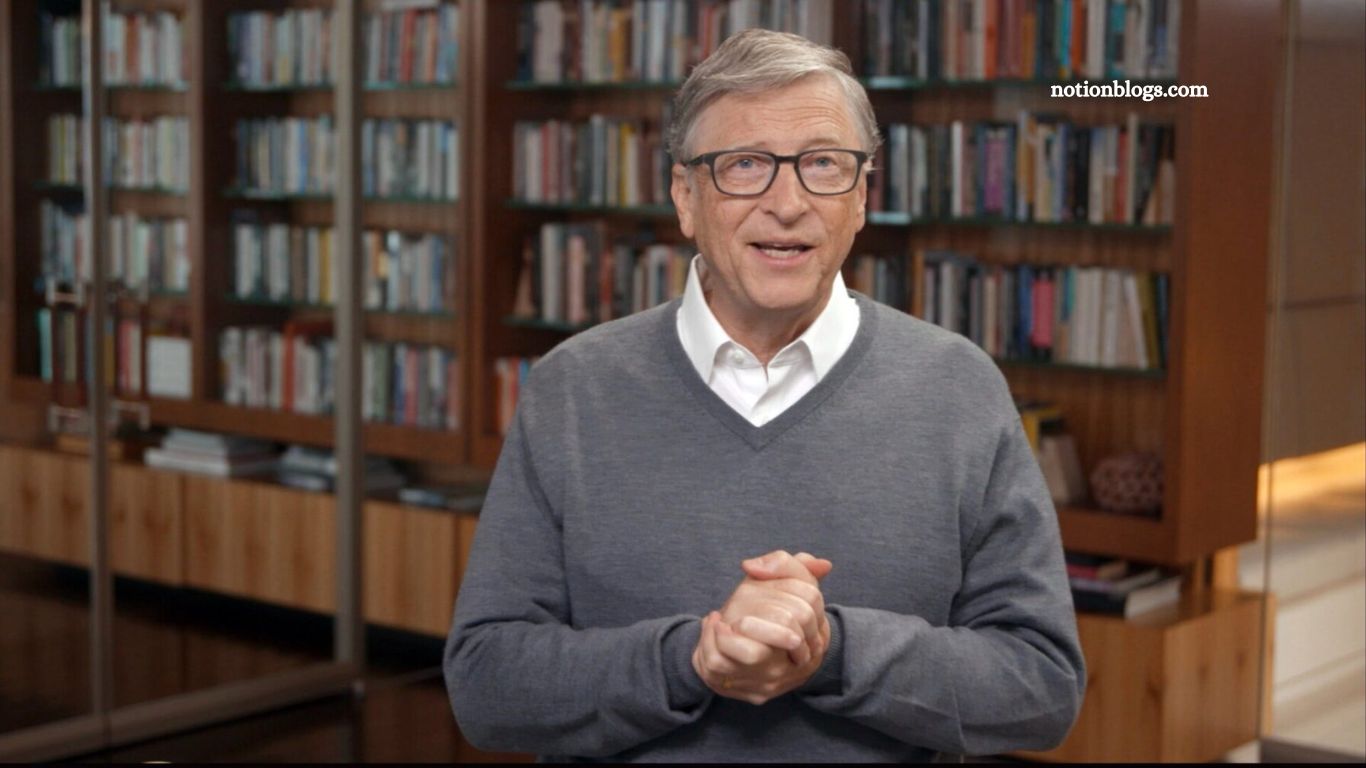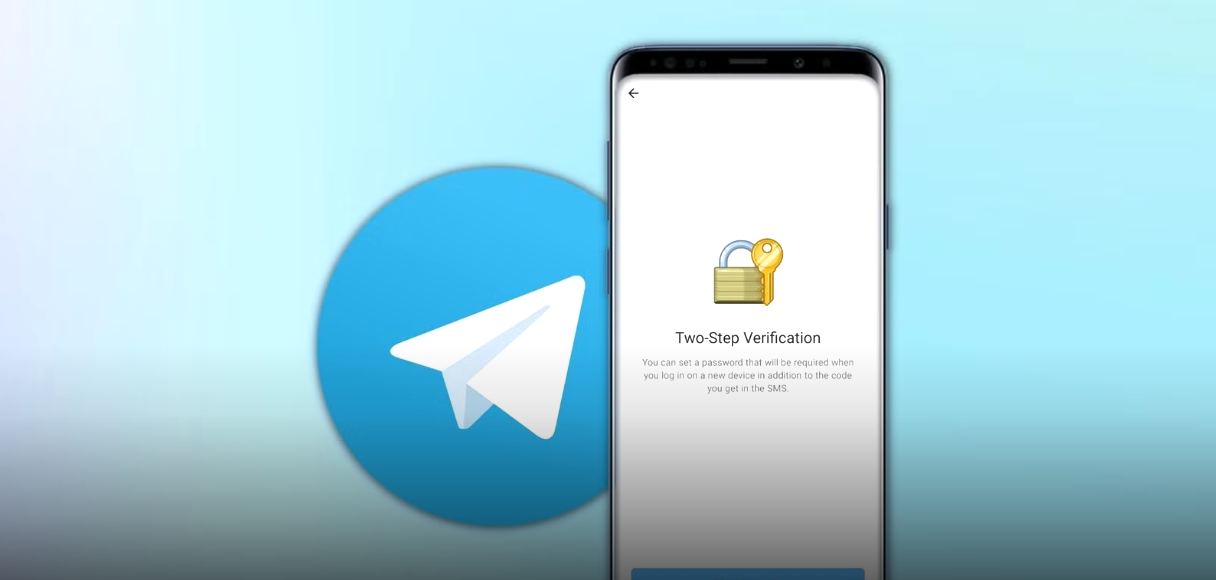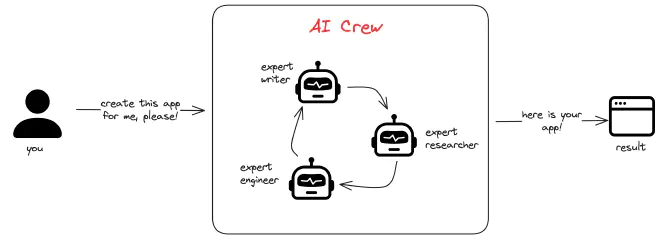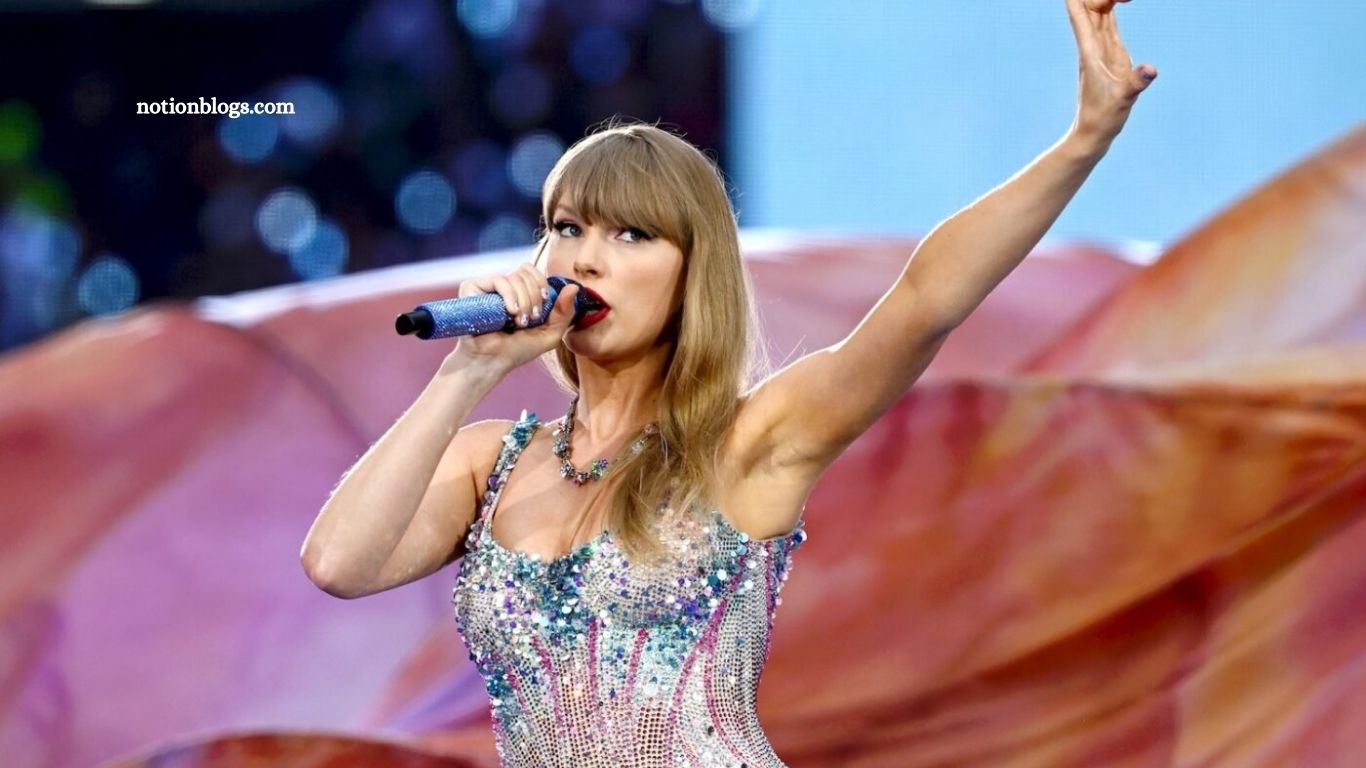In a surprising yet nostalgic move, Microsoft has decided to revisit its early roots by open-sourcing Microsoft BASIC for the 6502 Version 1.1, the programming language that helped launch the personal computing revolution. Originally written by Bill Gates and Microsoft’s second employee, Ric Weiland, this historically significant code powered early computers running the MOS 6502 processor, including iconic systems like the Commodore, Atari 2600, and Nintendo Entertainment System.
Though compact at just under 7,000 lines of assembly language, the code’s simplicity and efficiency made it foundational for millions of devices worldwide. Now available on GitHub under an MIT license, this release not only preserves a crucial piece of computing history but also allows programmers, researchers, and enthusiasts to study and experiment with the code today.
Read More: 32 Powerful Ways to Stay Motivated for Your Workouts
A Piece of Computing History
Microsoft described the code—written by Bill Gates and the company’s second-ever employee, Ric Weiland—as “one of the most historically significant pieces of software from the early personal computer era.” Though simple, at just 6,955 lines of assembly language, its elegance and accessibility made it foundational to early computing.
The Power of the MOS 6502 Processor
The BASIC interpreter ran on the MOS 6502 processor, which was inexpensive and widely accessible compared to its contemporaries. Variants of the chip powered iconic systems like the Atari 2600, Nintendo Entertainment System, and Commodore computers. Microsoft licensed its 6502 BASIC to Commodore for a modest $25,000, a deal that would end up running on millions of machines worldwide.
From Intel 8080 to BASIC 1.1
Microsoft’s first product was a BASIC interpreter for the Intel 8080, created by Gates and co-founder Paul Allen. The version released on GitHub is an updated iteration, containing bug fixes implemented by Gates and Commodore engineer John Feagans. While labeled 1.1 on GitHub, Microsoft notes that it originally shipped as BASIC V2.
Why Open-Sourcing BASIC Matters
Previously, the code was only available in fragments, and without Microsoft’s official release, it might have been lost to history. Open-sourcing it now ensures that the original documentation and legal permissions are preserved, allowing programmers, historians, and enthusiasts to explore, learn from, and even emulate the software.
While the assembly code cannot run directly on modern devices, it remains fully functional in emulators and FPGA implementations, enabling researchers to study early programming practices and efficient design techniques.
Joining Microsoft’s Open-Source Legacy
BASIC 6502 now joins a growing list of historically significant Microsoft code made open-source, including GW-BASIC, MS-DOS, and Altair BASIC. By releasing this piece of software, Microsoft preserves an essential chapter of computing history while offering modern programmers a glimpse into the foundations of personal computing.
Frequently Asked Questions
What has Microsoft released?
Microsoft has open-sourced the Microsoft BASIC for the 6502 Version 1.1, making the source code publicly available on GitHub under an MIT license.
Who originally wrote this code?
The code was written by Bill Gates and Microsoft’s second-ever employee, Ric Weiland, in the early personal computing era.
Why is this code historically significant?
This BASIC version powered early personal computers, including those using the MOS 6502 processor. Its simplicity and efficiency helped lay the foundation for millions of devices worldwide.
Which computers used the 6502 processor?
The MOS 6502 appeared in systems such as the Atari 2600, Nintendo Entertainment System, and Commodore computers.
Can I run this code on modern computers?
Not directly—but the code works in emulators or FPGA implementations, allowing programmers and researchers to study and experiment with it.
What’s the difference between BASIC 1.1 and BASIC V2?
BASIC 1.1, released on GitHub, is an updated version of BASIC V2, containing bug fixes made by Gates and Commodore engineer John Feagans.
Conclusion
Microsoft’s decision to open-source BASIC 6502 is more than a nostalgic gesture—it’s a preservation of computing history. This release allows programmers, historians, and enthusiasts to explore the code that helped launch the personal computing revolution. By making the work of Bill Gates, Ric Weiland, and early collaborators accessible, Microsoft ensures that the lessons, design principles, and innovations of the early software era are not lost to time.







